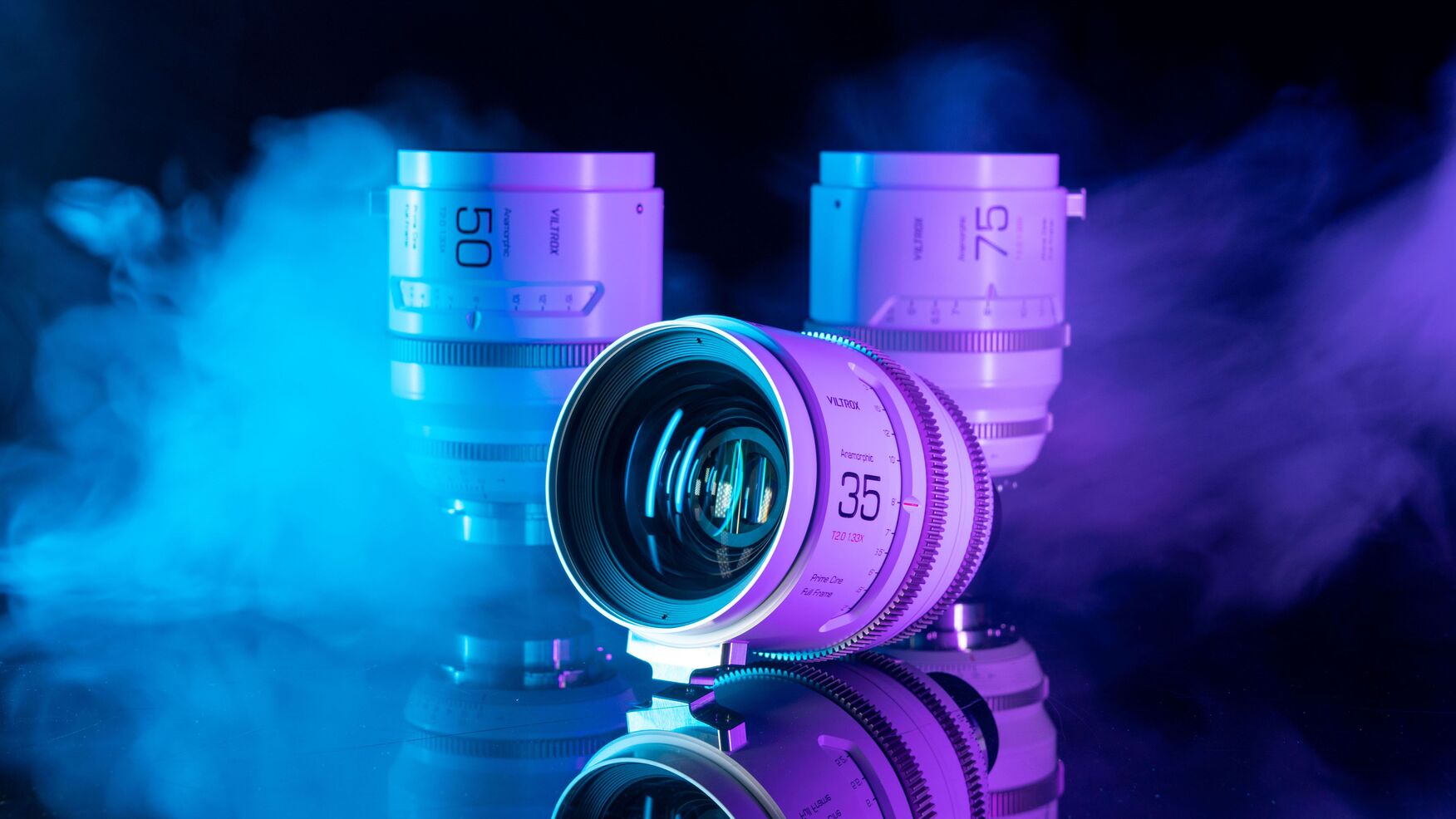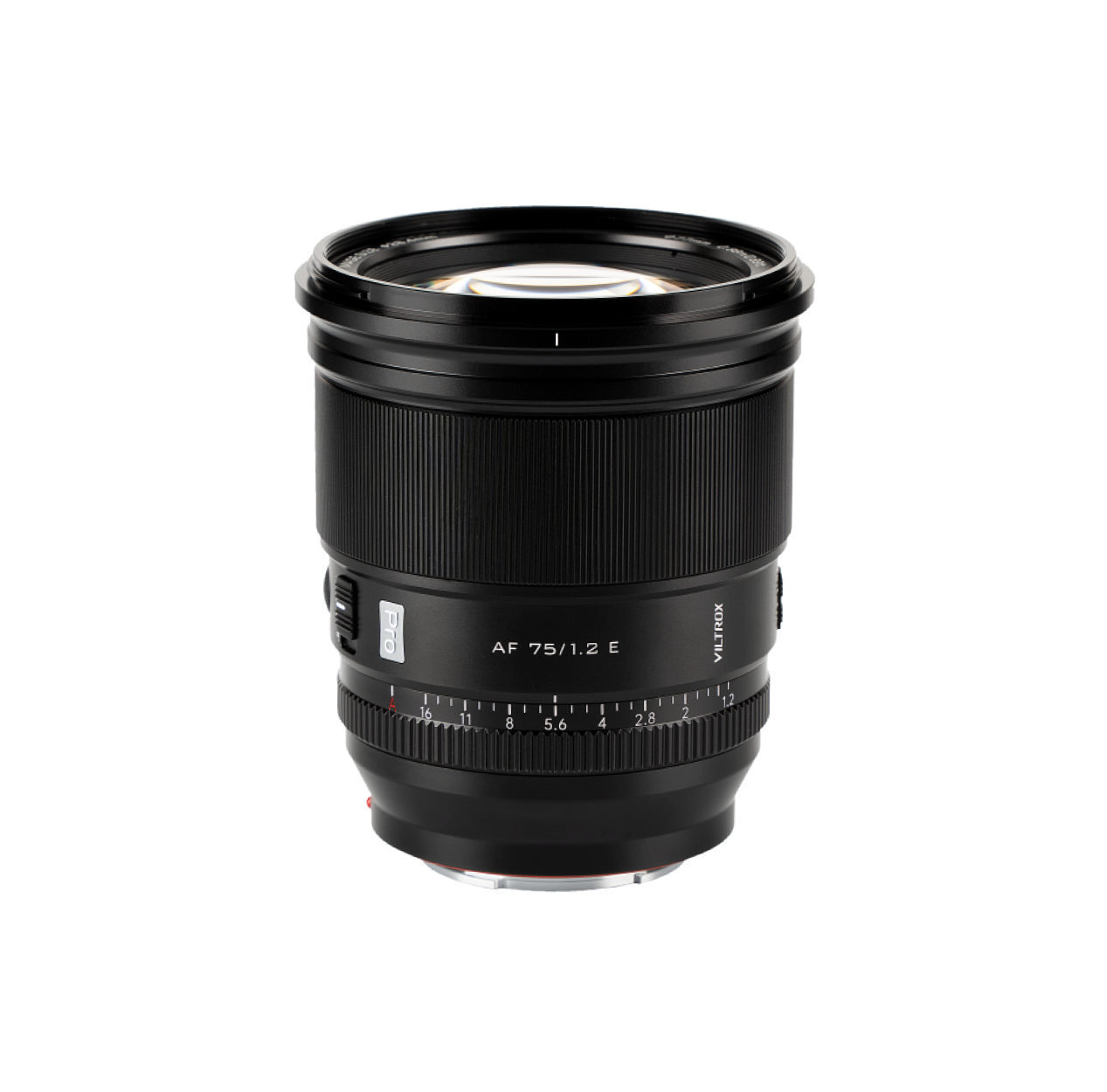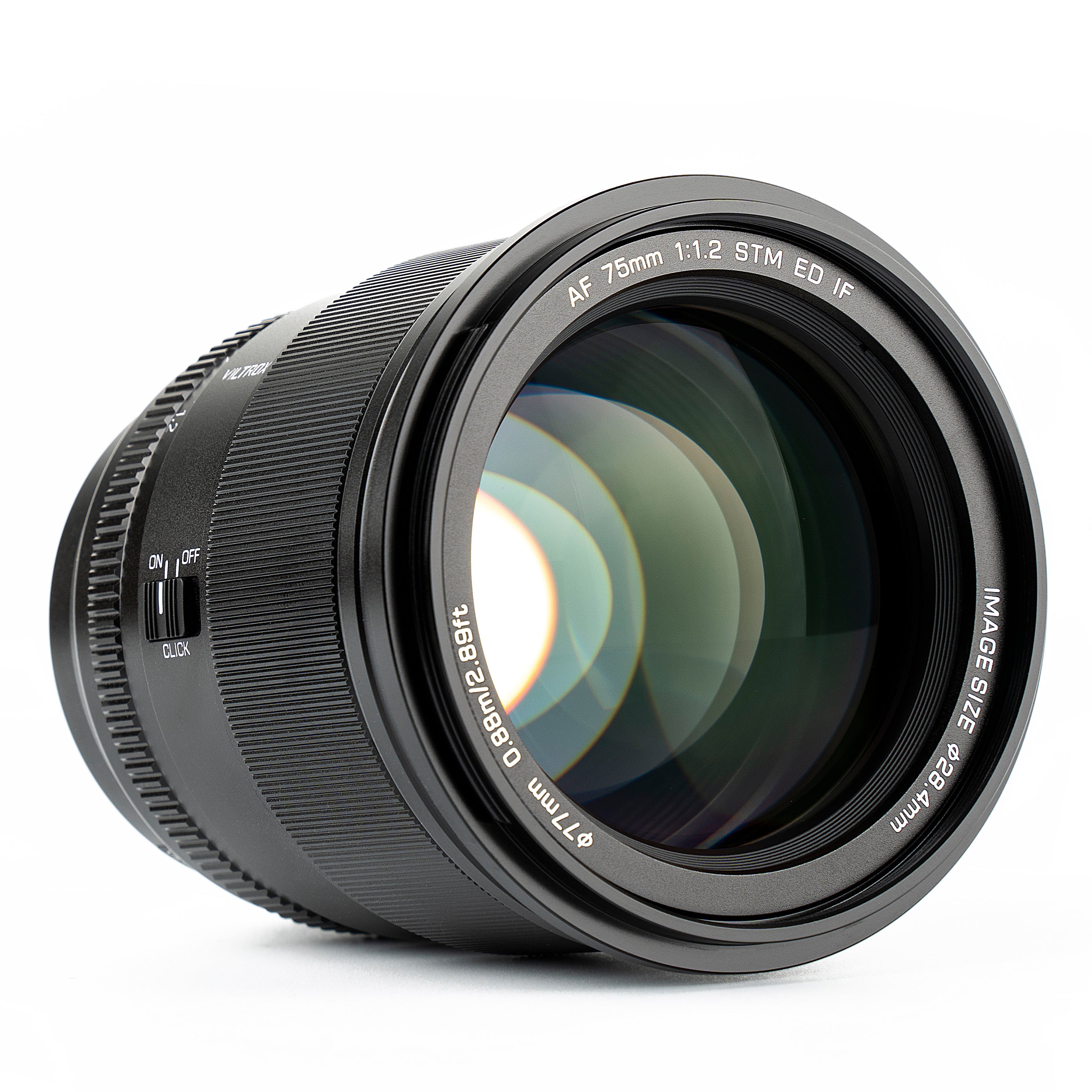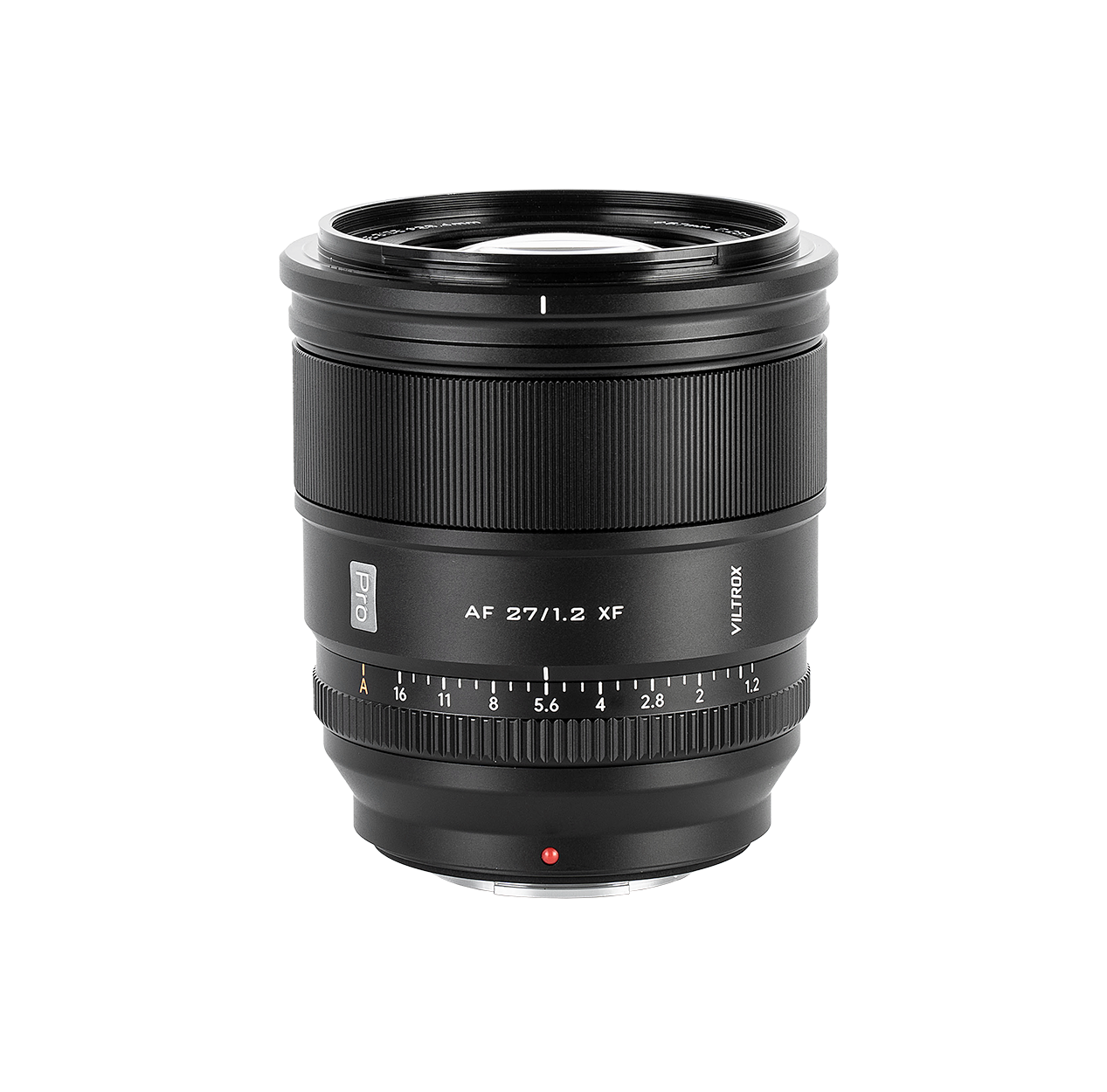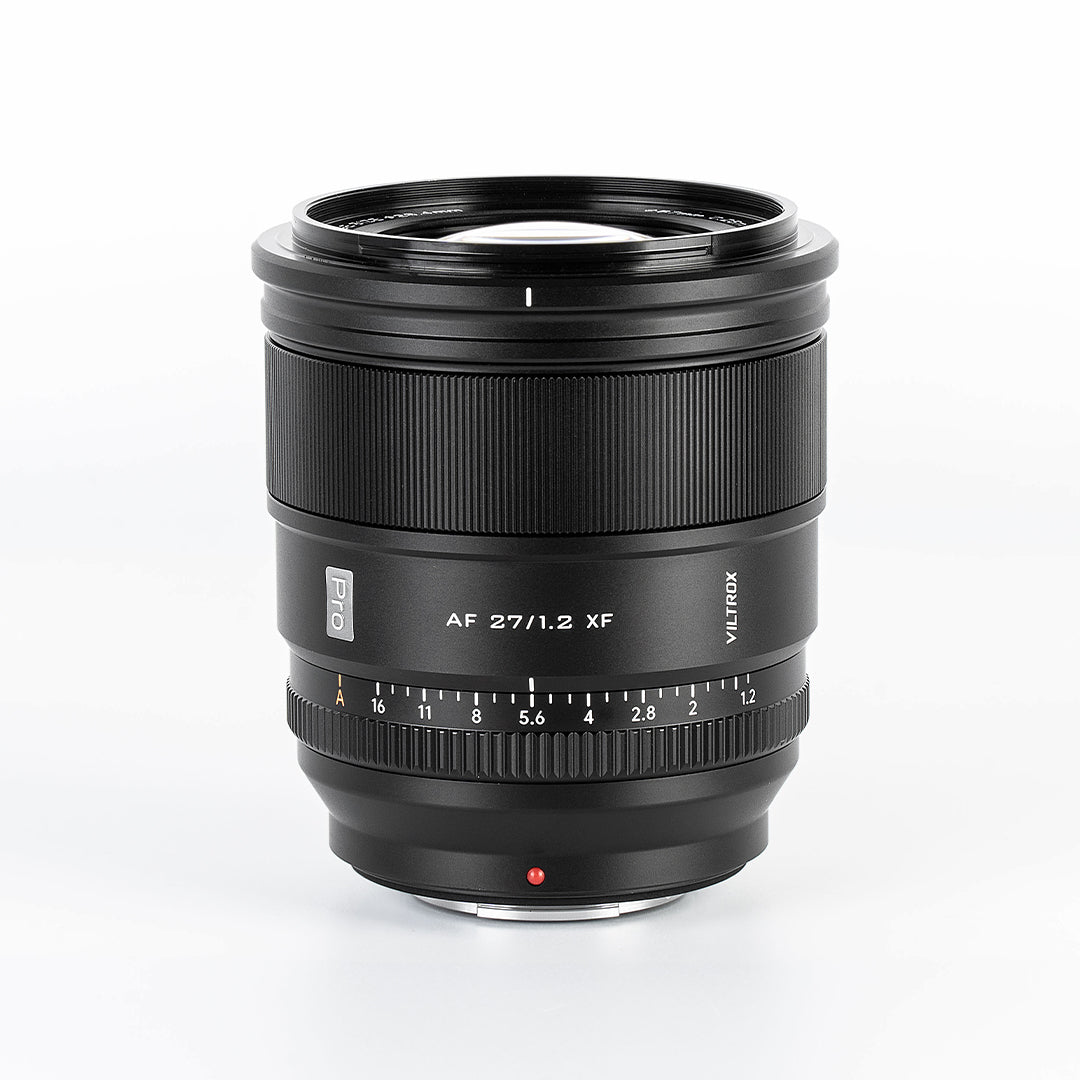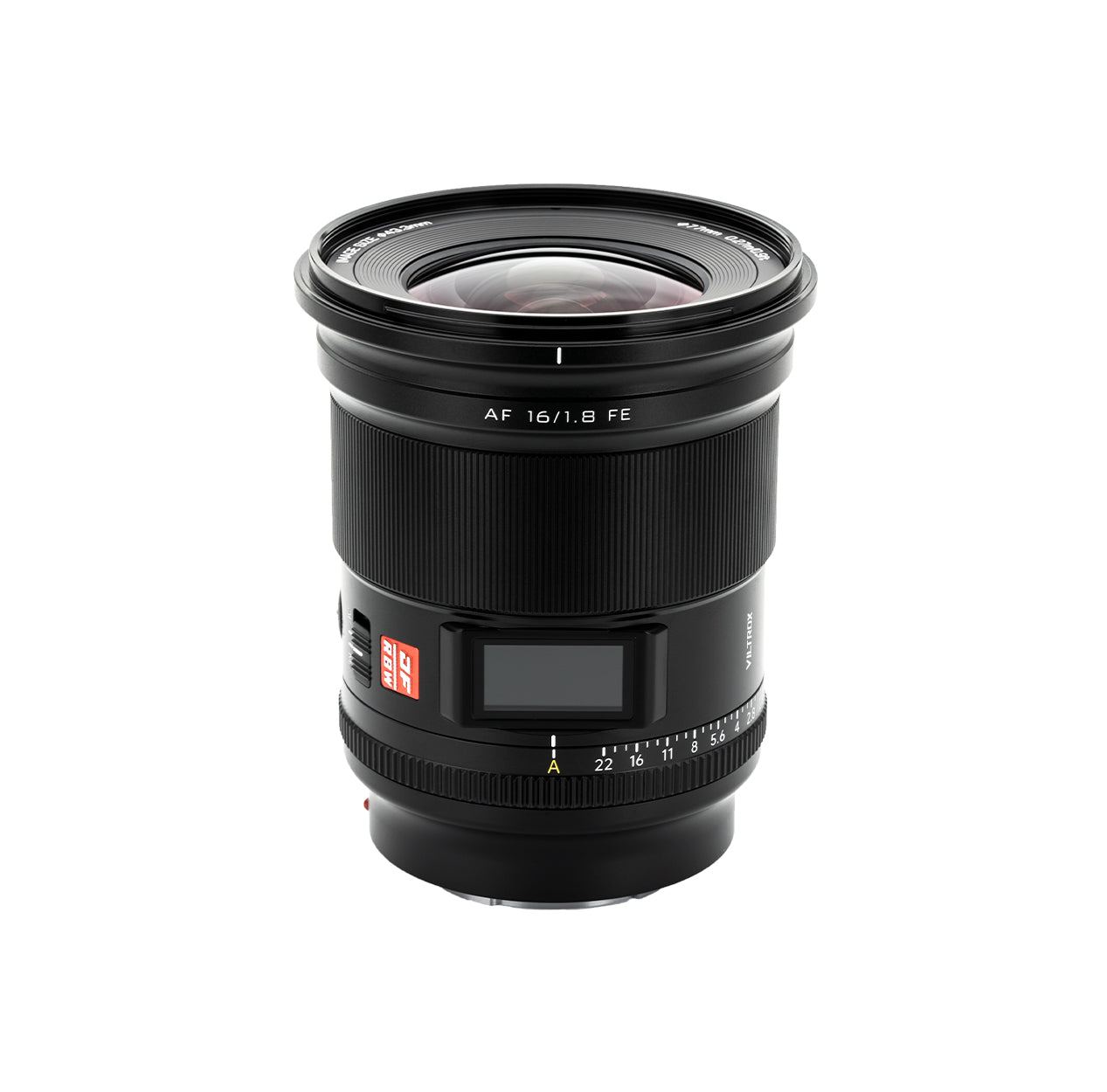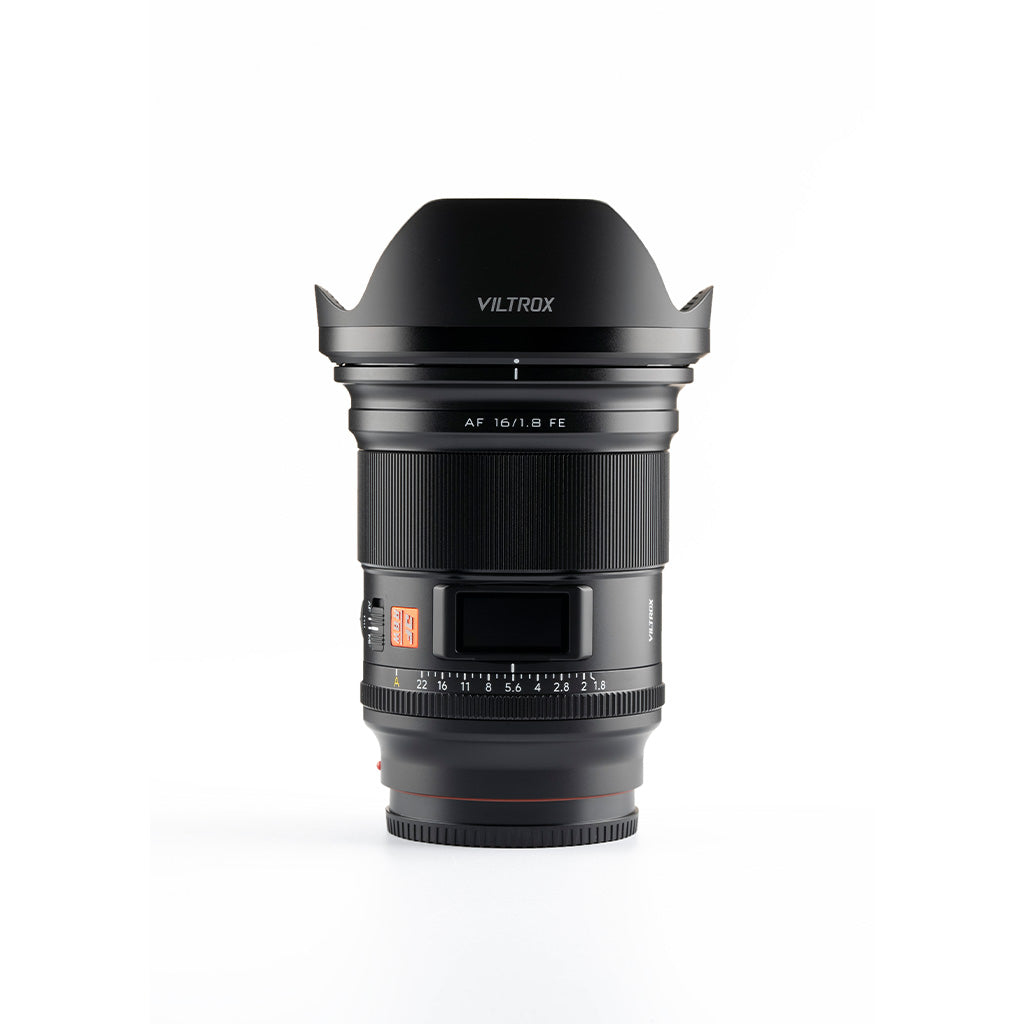If you are a filmmaker who wants to create cinematic images with your camera, you might have heard of prime cine lenses. But what are they exactly and how do they differ from regular lenses? In this blog post, we will explain what prime cine lenses are, what advantages they offer, and how to choose the best ones for your project. We will also introduce you to the new Viltrox EPIC Series Anamorphic Prime Cine Lenses, which are designed to give you a stunning full-frame anamorphic look.

What are prime cine lenses?
Prime cine lenses are lenses that have a fixed focal length, meaning they cannot zoom in or out. They are designed specifically for cinema applications, with features such as:- High optical quality: Prime cine lenses have fewer elements and moving parts than zoom lenses, which reduces distortion, aberration, and vignetting. They also have larger apertures, which allow more light to enter the lens and create a shallow depth of field.
- Consistent look: Prime cine lenses have a uniform design and color rendition across different focal lengths, which makes it easier to match shots and maintain a consistent look throughout your film.
- Precise control: Prime cine lenses have manual focus and iris rings with hard stops and clear markings, which allow you to adjust the focus and exposure with accuracy and repeatability. They also have standard gear rings that can be attached to follow focus and remote control systems.
- Durable build: Prime cine lenses are made of metal and glass, which makes them more resistant to dust, moisture, and shock. They also have a standard front diameter and filter thread size, which makes it easier to use matte boxes and filters.
What are the advantages of prime cine lenses?
Prime cine lenses offer several advantages over regular lenses for filmmaking, such as:- Better low-light performance: Prime cine lenses have wider apertures than zoom lenses, which means they can capture more light in dark environments. This can help you achieve a cleaner image with less noise and grain.
- More creative options: Prime cine lenses have different focal lengths that can create different effects on your image. For example, wide-angle lenses can exaggerate perspective and make objects appear farther apart, while telephoto lenses can compress perspective and make objects appear closer together. You can also use different focal lengths to change the mood and tone of your scene.
- More cinematic look: Prime cine lenses can help you create a more cinematic look with your camera by enhancing the bokeh, flare, and anamorphic characteristics of your image. Bokeh is the quality of the out-of-focus areas in your image, which can be shaped by the number and shape of the aperture blades in your lens. Flare is the effect of light reflecting or refracting inside your lens, which can create streaks or halos around bright sources of light. Anamorphic is the effect of squeezing a wide image into a narrower frame, which can create oval bokeh, horizontal streaks, and a wider aspect ratio.

How to choose prime cine lenses?
When choosing prime cine lenses for your project, there are several factors to consider, such as:- Sensor size: The sensor size of your camera determines how much of the image circle projected by your lens is captured by your camera. The larger the sensor size, the wider the field of view and the shallower the depth of field you can achieve with your lens. The smaller the sensor size, the narrower the field of view and the deeper the depth of field you can achieve with your lens. You should choose prime cine lenses that match or cover the sensor size of your camera to avoid vignetting or cropping.
- Focal length: The focal length of your lens determines how much of the scene you can fit in your frame and how close or far away you need to be from your subject. The shorter the focal length, the wider the angle of view and the more distortion you can get in your image. The longer the focal length, the narrower the angle of view and the more compression you can get in your image. You should choose prime cine lenses that suit the type of shots you want to create, such as establishing shots, medium shots, close-ups, etc.
- Aperture: The aperture of your lens determines how much light can enter your lens and how shallow or deep your depth of field can be. The lower the aperture number (or T-stop), the wider the aperture opening and the more light you can get in your image. The higher the aperture number (or T-stop), the narrower the aperture opening and the less light you can get in your image. You should choose prime cine lenses that have a wide enough aperture to allow you to shoot in low-light conditions and create a shallow depth of field.
Viltrox EPIC Series Anamorphic Prime Cine Lenses
If you are looking for prime cine lenses that can give you a stunning full-frame anamorphic look, you should check out the new Viltrox EPIC Series Anamorphic Prime Cine Lenses. These lenses are designed to create a de-squeezed 2.35:1 aspect ratio. They feature full-frame sensor coverage, 1.33x constant squeeze ratio, T2 constant aperture, 95mm lens hood and M0.8 standard gears pitch. They come in three focal lengths: 35mm, 50mm, and 75mm. You can buy them individually or as a set of three with a hard-shell case for travel.


